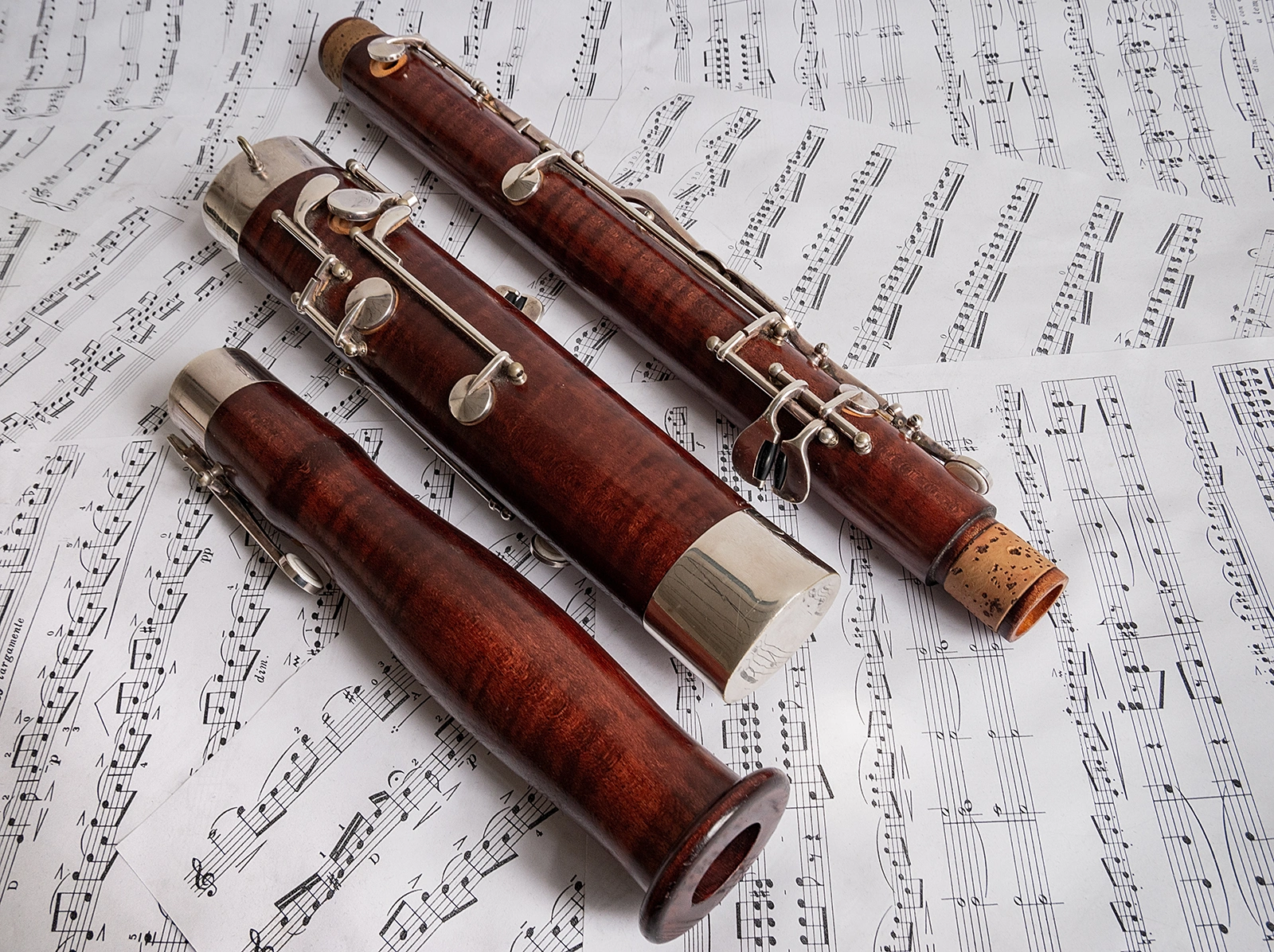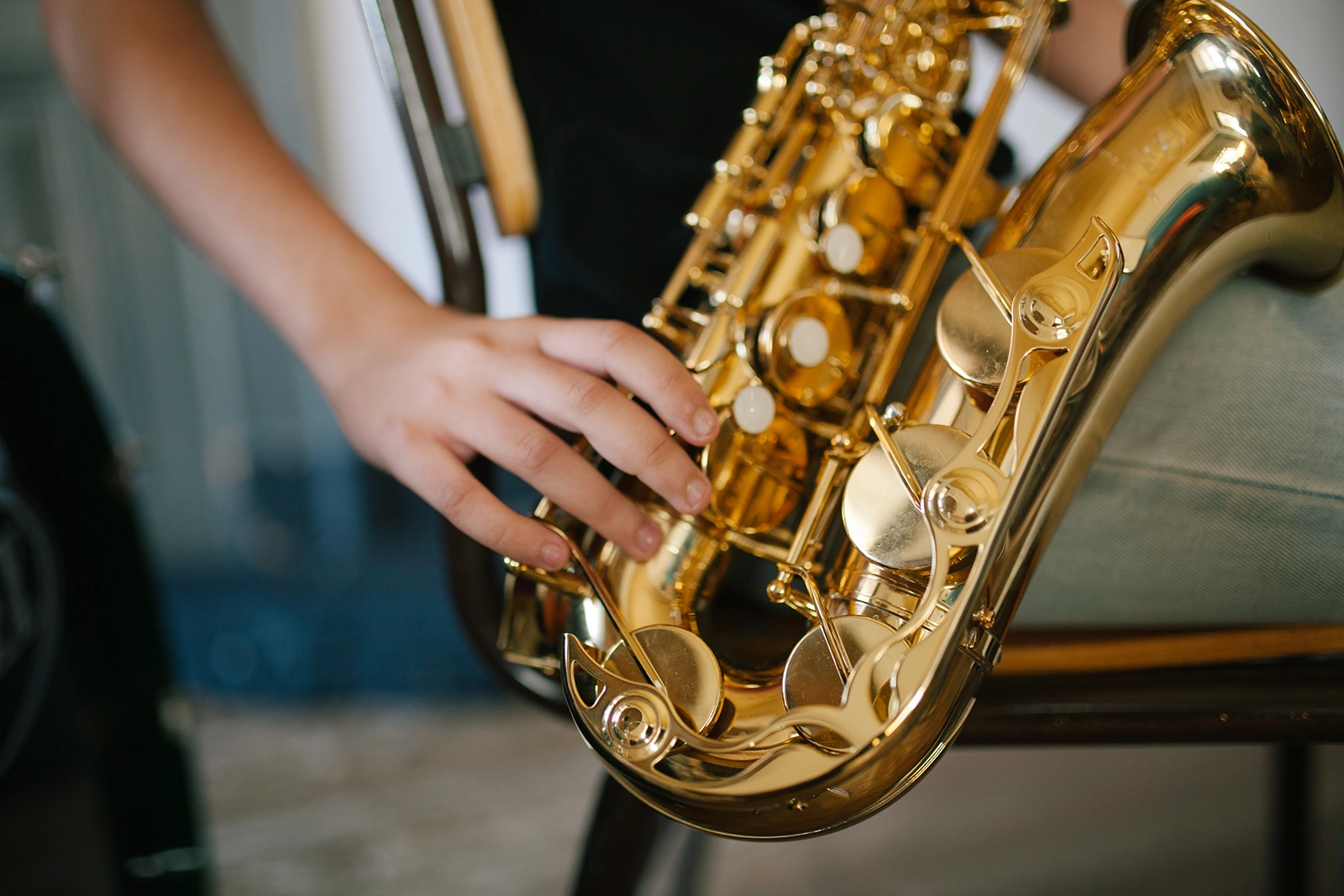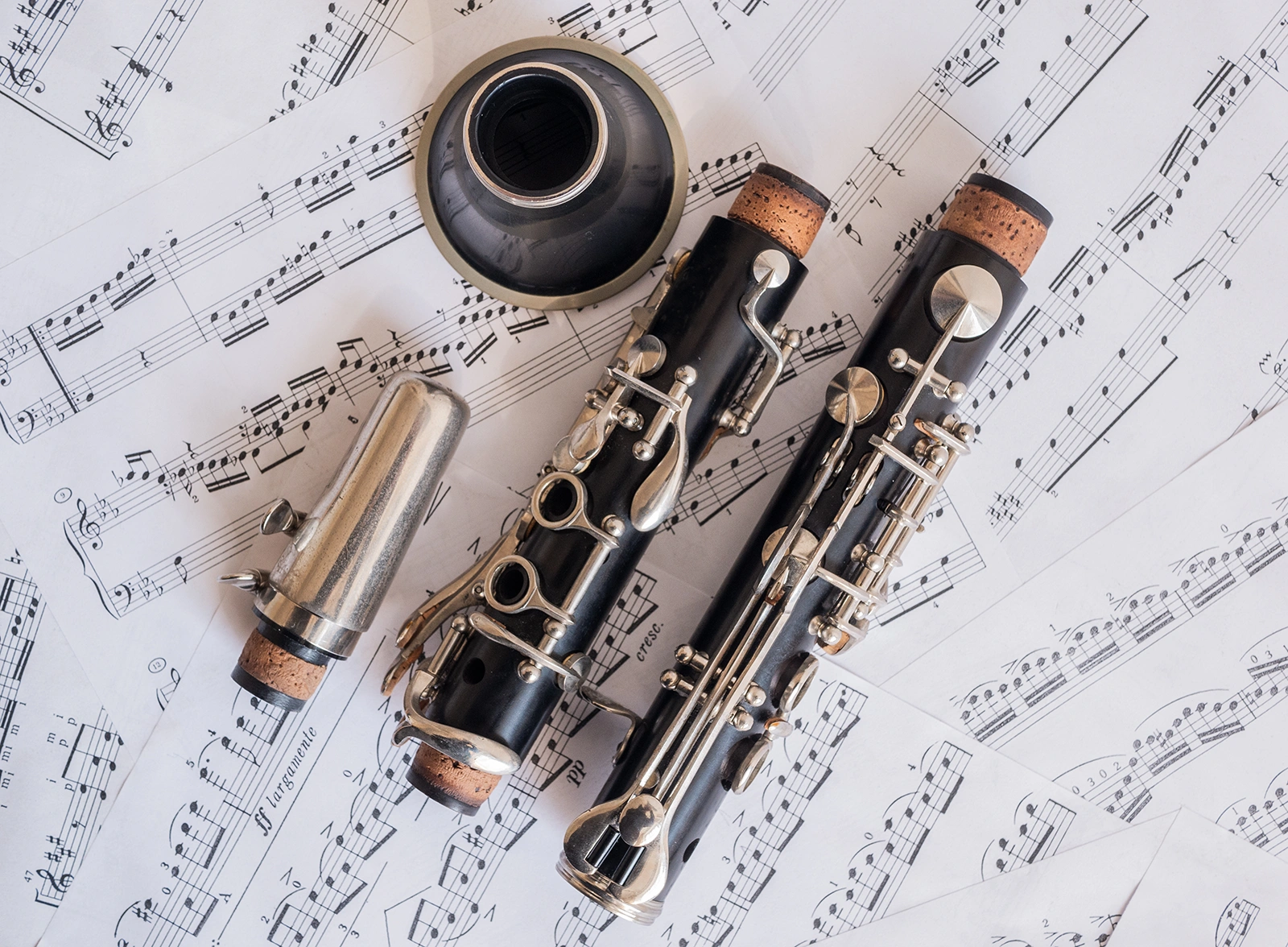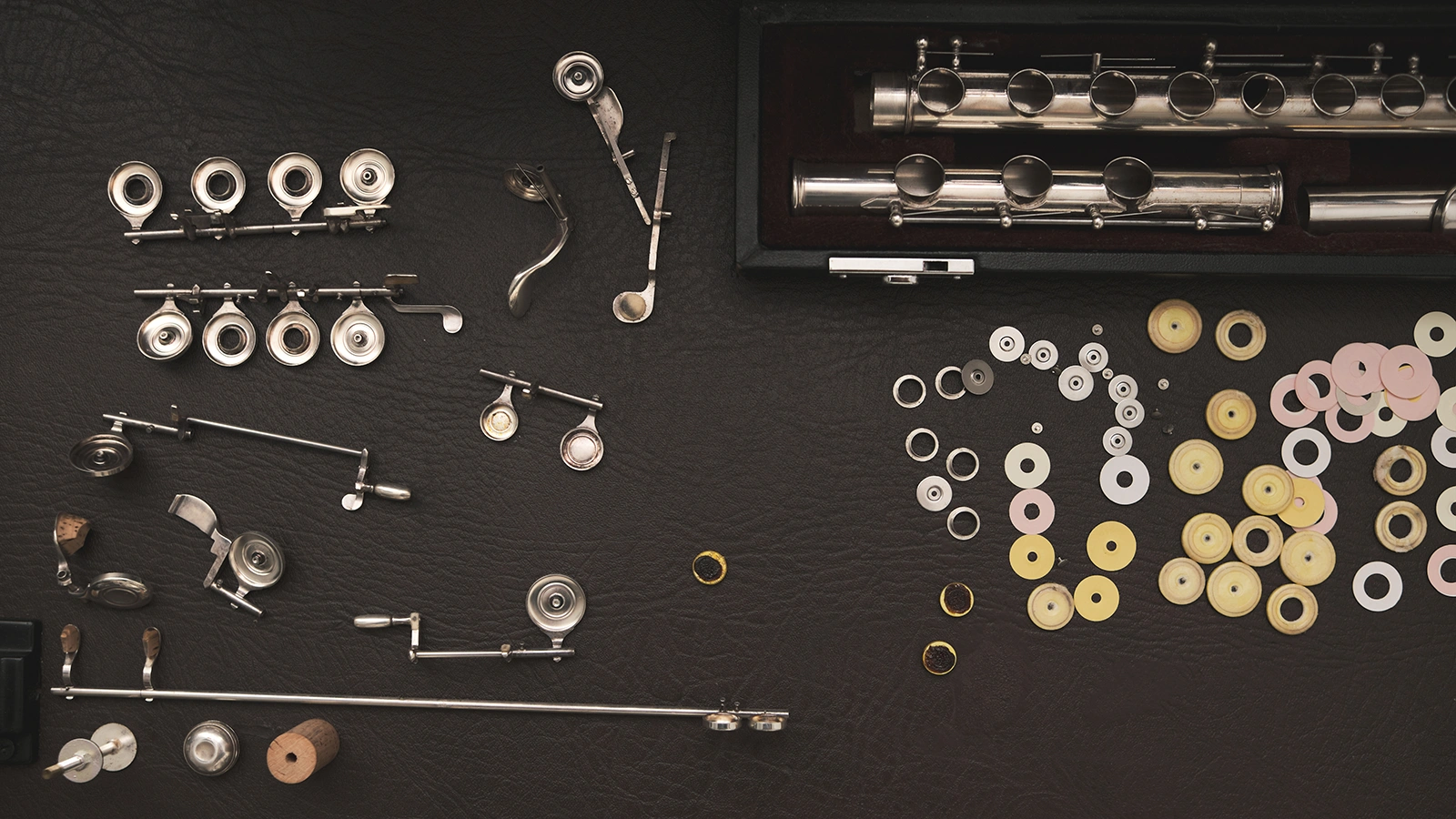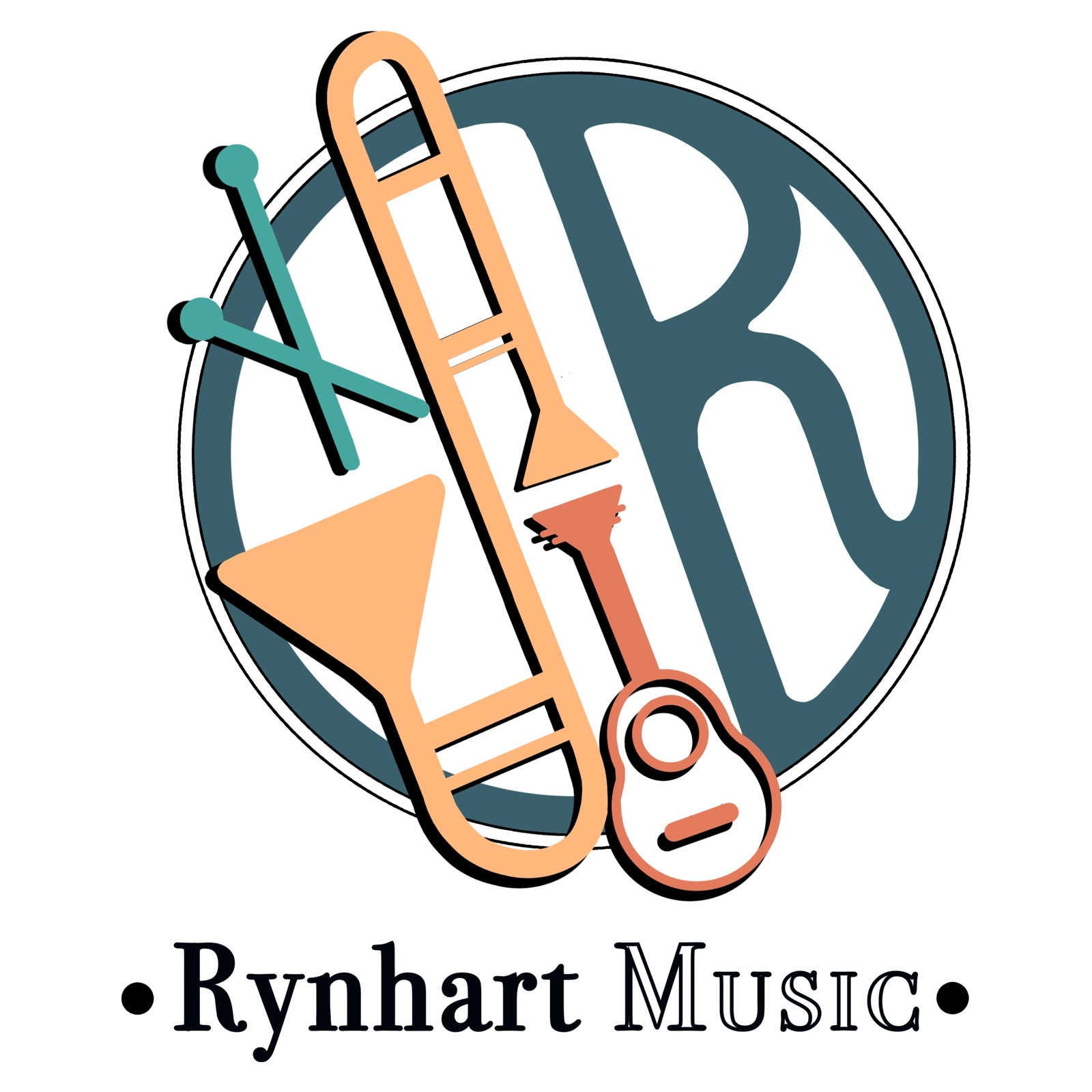When it comes to musical instruments, the bassoon holds a unique place. With its deep and rich tones, it adds depth and character to any ensemble. However, like any other instrument, the bassoon requires proper care and maintenance to ensure it remains in optimal playing condition. In this article, we will explore the essential aspects of bassoon repair and maintenance, providing you with valuable insights on how to keep your instrument in top shape.
1. Understanding the Bassoon
Before delving into repair and maintenance, it is crucial to have a basic understanding of the bassoon itself. The bassoon is a woodwind instrument with a double reed and a complex system of keys and mechanisms. Familiarize yourself with the various parts, including the bocal, the boot joint, the wing joint, and the bell.
2. Routine Maintenance
Regular maintenance is vital to prevent major issues and ensure the longevity of your bassoon. This includes wiping the instrument after each use, inspecting for any visible damage, and keeping it in a controlled environment to avoid extreme temperature and humidity changes.
3. Cleaning the Bassoon
Proper cleaning is essential to maintain the integrity of the instrument. Use a soft cloth or feather duster to remove dust and debris. Additionally, swabs and brushes designed specifically for bassoons can be used to clean the inside of the instrument.
4. Oiling and Lubricating
The keys and mechanisms of the bassoon require regular oiling and lubrication to ensure smooth operation. Use specialized oils and lubricants recommended by professional bassoonists to avoid damaging the instrument.
5. Pad Replacement
Over time, the pads on the bassoon may wear out or become damaged. It is important to periodically check the condition of the pads and have them replaced by a professional if necessary. Proper pad seating is crucial for airtightness and optimal sound production.
6. Spring Adjustment
The springs on a bassoon can lose their tension over time, affecting the instrument’s playability. A skilled technician can assess the spring tension and make adjustments to ensure proper key response and alignment.
7. Cracks and Repairs
Wooden bassoons are susceptible to cracks due to changes in humidity and temperature. It is essential to inspect the instrument regularly for any cracks or damage. If cracks are detected, consult a professional repair technician who can address the issue and prevent further damage.
8. Storage and Transportation
When not in use, storing the bassoon properly is crucial. Keep it in a sturdy case with proper padding to protect it from accidental bumps or falls. During transportation, secure the instrument tightly to avoid any potential damage.
9. Seeking Professional Assistance
While regular maintenance can be performed by the player, some repairs and adjustments require the expertise of a professional bassoon technician. If you encounter complex issues or are unsure about a repair, consult a reputable repair technician to ensure the best results.
10. Troubleshooting Common Issues
Even with proper maintenance, bassoon players may encounter common issues such as leaks, squeaks, or sticky keys. This section will address some troubleshooting techniques to identify and resolve these problems effectively.
11. Bassoon Accessories
There are several accessories available that can enhance your bassoon playing experience. From reeds and straps to stands and cases, explore the range of accessories designed to make your practice and performances more convenient and enjoyable.
12. Enhancing Performance
Beyond maintenance and repairs, there are ways to improve your overall bassoon playing experience. This section will provide tips and techniques to enhance your performance skills, including practicing exercises, studying repertoire, and seeking guidance from experienced bassoonists.
13. Expanding Your Repertoire
Exploring a wide range of music is essential for any musician’s growth. Discover new compositions and genres suitable for the bassoon, expand your repertoire, and challenge yourself with diverse musical styles.
14. Frequently Asked Questions (FAQs)
Q1: How often should I clean my bassoon?
Q2: Can I use regular oil for lubricating the bassoon keys?
Q3: What should I do if my bassoon has a crack?
Q4: How frequently should I replace bassoon pads?
Q5: Are there any specific care instructions for wooden bassoons?
FAQs
Q1: How often should I clean my bassoon? Cleaning your bassoon after each use is recommended to prevent the buildup of dirt and debris. Additionally, a thorough cleaning should be performed every few months or as needed.
Q2: Can I use regular oil for lubricating the bassoon keys? No, it is not recommended to use regular oil for lubricating bassoon keys. Specialized oils and lubricants formulated for woodwind instruments should be used to avoid damaging the keys and mechanisms.
Q3: What should I do if my bassoon has a crack? If you discover a crack in your bassoon, it is essential to seek professional assistance from a skilled repair technician. They can assess the severity of the crack and perform the necessary repairs to prevent further damage.
Q4: How frequently should I replace bassoon pads? The lifespan of bassoon pads can vary depending on factors such as usage and environmental conditions. Regular inspection is necessary, and pads should be replaced when they show signs of wear or damage.
Q5: Are there any specific care instructions for wooden bassoons? Wooden bassoons require extra care due to their sensitivity to humidity and temperature changes. It is important to store them in a controlled environment and avoid exposing them to extreme conditions. Regular maintenance, including oiling and swabbing, is essential to maintain the wood’s integrity.

